Role Neurologist Name Korbinian Brodmann | Occupation neurologist | |
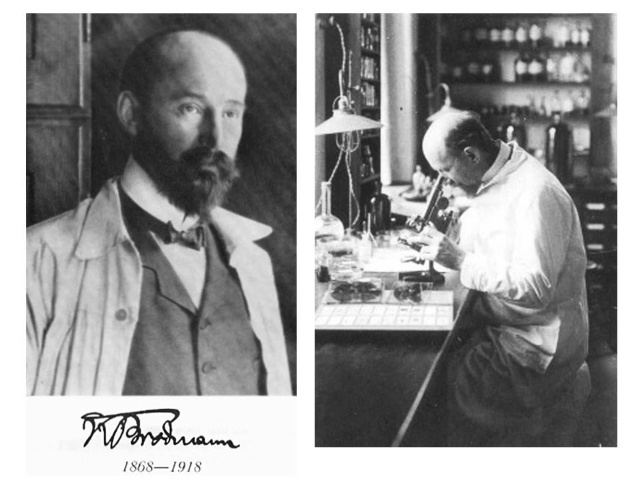 | ||
Books Brodmann's localisation in the cerebral cortex Education Humboldt University of Berlin, Leipzig University | ||
Korbinian Brodmann - Know It ALL
Korbinian Brodmann (17 November 1868 – 22 August 1918) was a German neurologist who became famous for his definition of the cerebral cortex into 52 distinct regions from their cytoarchitectonic (histological) characteristics, known as Brodmann areas.
Contents
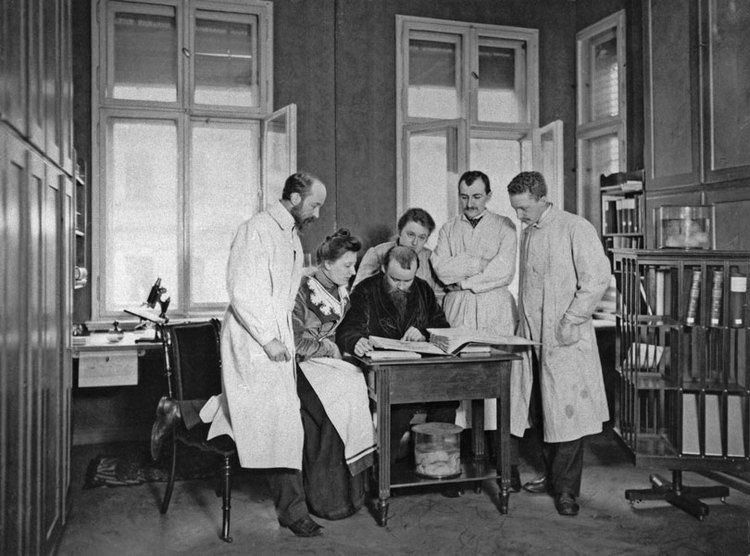
Korbinian Brodmann
Life
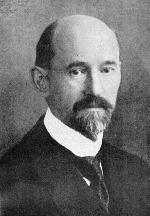
Brodmann was born in Liggersdorf, Province of Hohenzollern, and studied medicine in Munich, Würzburg, Berlin and Freiburg, where he received his medical diploma in 1895. Subsequently he studied at the Medical School in the University of Lausanne in Switzerland, and then worked in the University Clinic in Munich. He got a doctor of medicine degree from the University of Leipzig in 1898, with a thesis on chronic ependymal sclerosis. He worked also in the Psychiatric Clinic in the University of Jena, with Ludwig Binswanger, and in the Municipal Mental Asylum in Frankfurt, from 1900 to 1901. There, he met Alois Alzheimer, who was influential in his decision to pursue neuroscientific basic research.
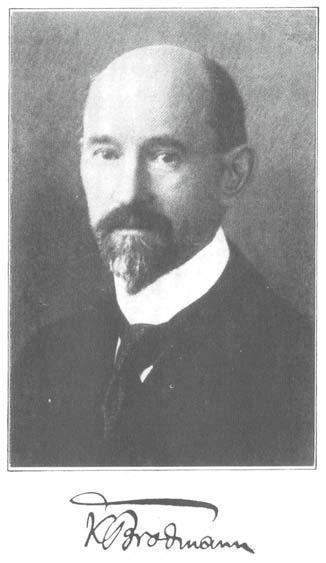
Following this, Brodmann started to work in 1901 with Cécile and Oskar Vogt at the private institute Neurobiologische Zentralstation in Berlin, and in 1902 in the Neurobiological Laboratory of the University of Berlin. In 1915 he joined the Kaiser-Wilhelm-Institut für Hirnforschung (Institute for Brain Research).
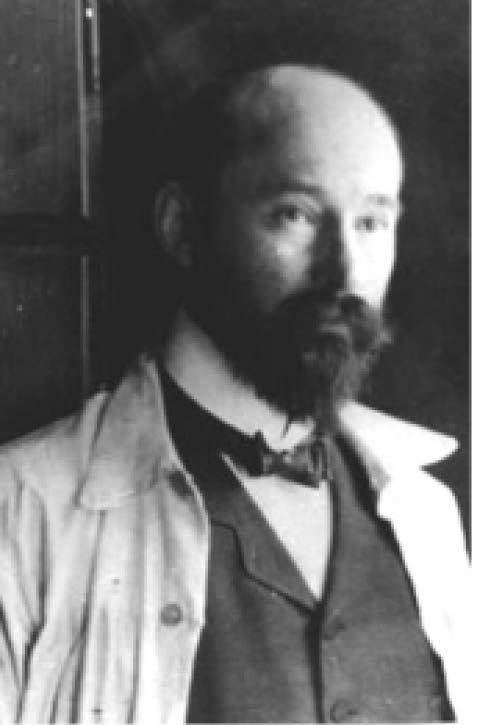
In 1909 he published his original research on cortical cytoarchitectonics in Vergleichende Lokalisationslehre der Großhirnrinde in ihren Prinzipien dargestellt auf Grund des Zellenbaues (Comparative Localization Studies in the Brain Cortex, its Fundamentals Represented on the Basis of its Cellular Architecture).
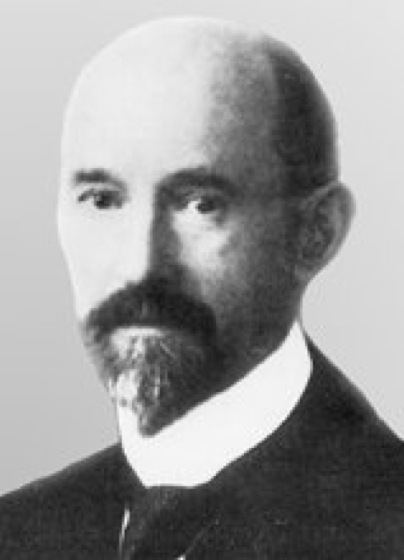
In the following years he worked at the University of Tübingen, where he was habilitated and made a full professor in 1913, and from 1910 to 1916 as physician and chairman of the Anatomical Laboratory at the University Psychiatric Clinic. In 1916 he moved to Halle in order to work in the Nietleben Municipal Hospital. Finally, in 1918, he accepted an invitation from the University of Munich to direct the group of histology at Psychiatric Research Center.
He died in Munich rather suddenly of a generalized septic infection following pneumonia, at just under 50 years of age on 22 August 1918.
Brodmann areas
The areas he depicted on the brain are now usually referred to as Brodmann areas. There are a total of 52 areas grouped into 11 histological areas. Brodmann used a variety of criteria to map the human brain, including attention to gross anatomical features as well as the examination of cortical micro-structures.
Brodmann postulated that these areas with different structures performed different functions. Indeed, some of these areas were later associated to nervous functions, such as the following:
His work on identifying areas of cytoarchitecture was strongly influenced by Oskar Vogt, who postulated over 200 distinct areas in the brain.
